34 of the worst NFL draft picks in history
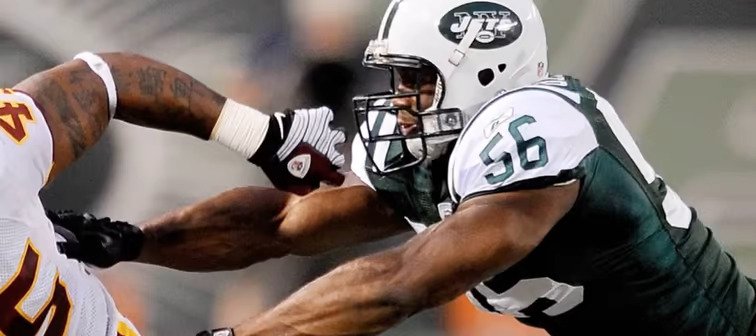
There are several things to consider while putting together an NFL team. You want to ensure that the players you bring in have good numbers and are a good match for your current team, no matter how old or young they are.
Recruiting the best and the brightest new players takes substantial time and money on the part of the teams involved. In other words, spending much money on someone doesn't mean you'll get anything in return.
Predicting NFL success is a lucrative profession for draft scouts and other experts. The best players can often be found this way, but no matter how brilliant a player appears on paper, there is always some risk associated with their selection.
We've all heard of players who'd been picked in the draft's latter stages and had great success in their respective sports. For other athletes, their collegiate talents and traits may not transition well to the tremendous stress and intensity they will face in professional sports.
Here are the NFL's 34 worst draft choices, ranging from JaMarcus Russell to Steve Emtman.
34. Steve Spurrier
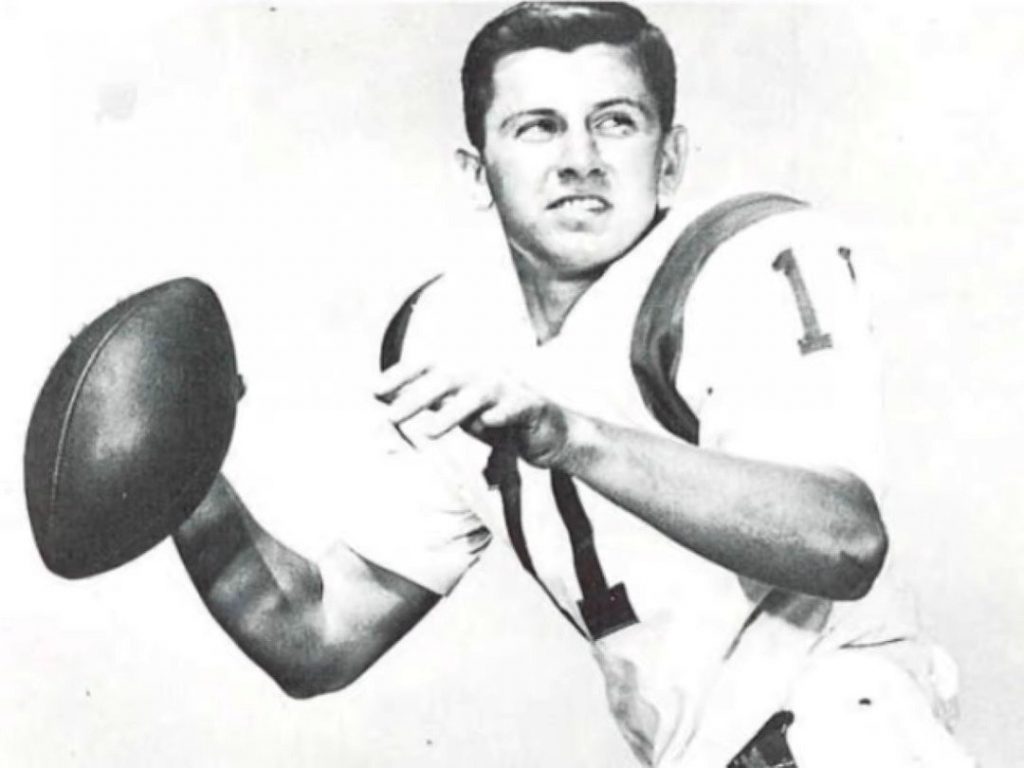
The quarterback of the San Francisco 49ers football team.
The first name on our list is Steve Spurrier, the great college head coach who, despite his legendary status, many people are unaware of was previously an unsuccessful NFL player.
After being selected third overall in 1967, "the Head Ball Coach," a former player, battled with the Niners.
The Gainesville Sun claims he didn't have the worst job ever because he threw 40 touchdowns in ten seasons.
This is because he won the Heisman Trophy while playing at the University of Florida but threw 60 interceptions simultaneously playing at the next level.
33. Isaiah Wilson
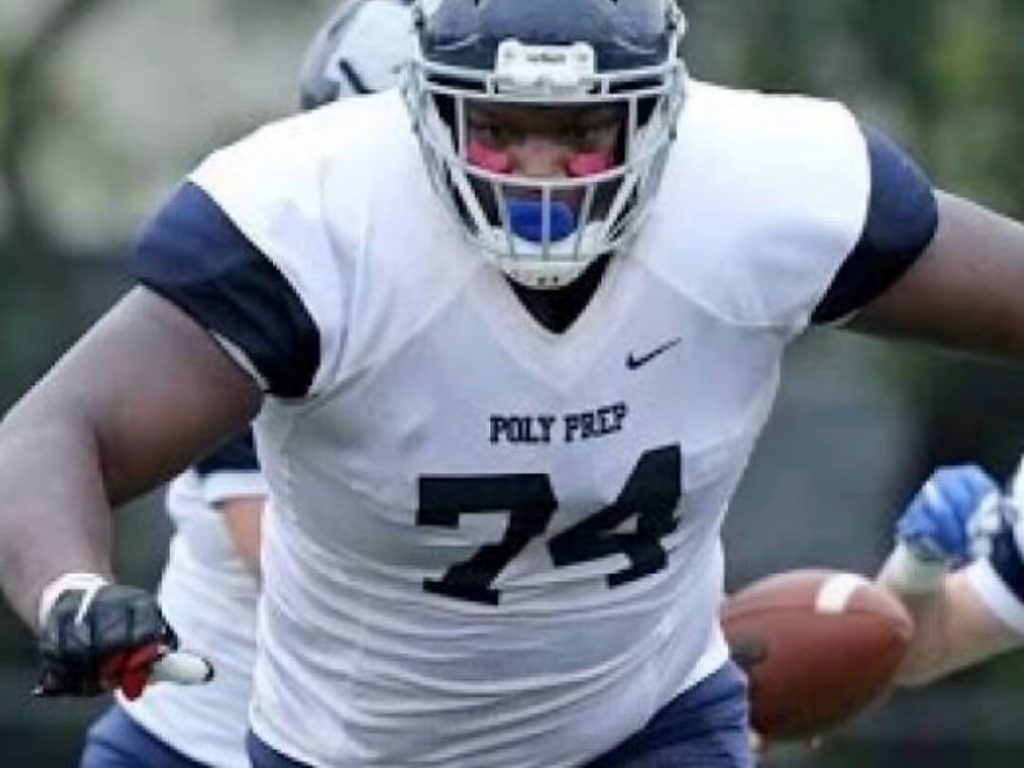 Tennessee Titans offensive tackle
Tennessee Titans offensive tackle
In the first round of the 2020 draft, the Titans selected offensive lineman Isaiah Wilson. On this list, he is the most recent addition.
Despite the Titans signing another correct tackle earlier this year, USA Today claims the decision was suspect from the start. As a result, Wilson was an outlier among the team's available options.
In his rookie season, he appeared in just three games before being dealt to the Dolphins and then cut before he was ready to ever participate in a game again.
32. David Terrell
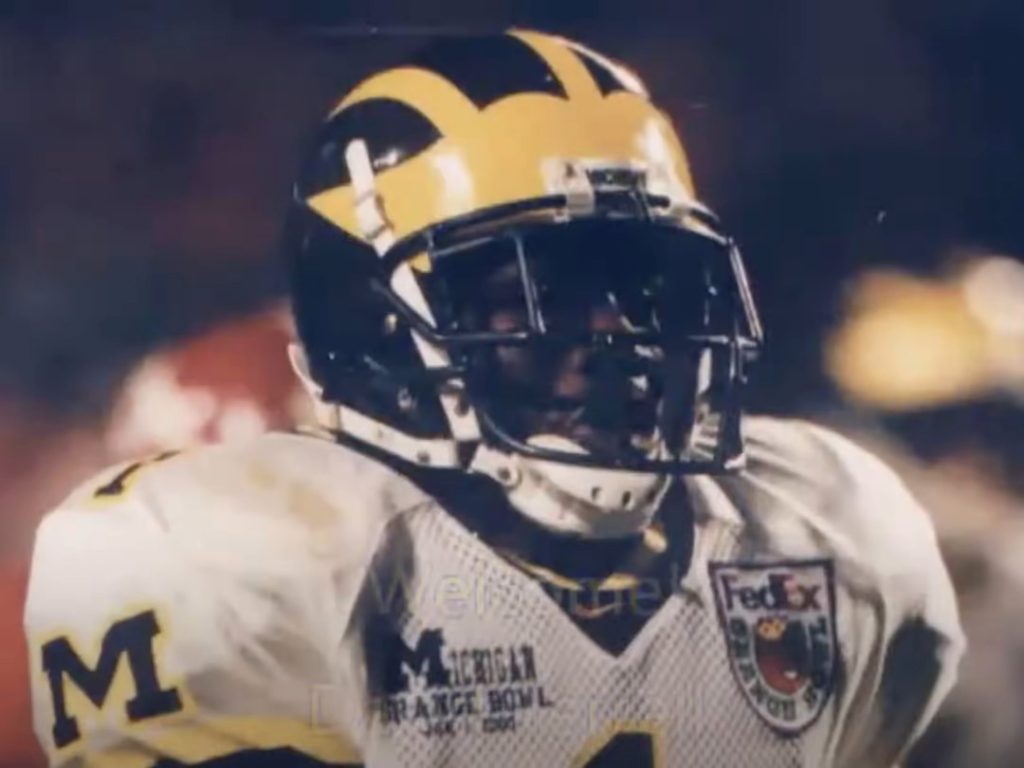 A wide receiver with the Chicago Bears
A wide receiver with the Chicago Bears
In 2001, the Chicago Bears drafted wide receiver David Terrell in the 8th round of the draft from the University of Michigan, and there was a lot of buzz about him.
Bleacher Report claims that the talented wide receiver never reached his full potential on the field. A disgruntled employee complained about his underutilized job in the company. Dropped passes were a common occurrence when he was called upon. Because of his nasty attitude and poor penalty-taking skills, he has kicked off the team in the end.
31. Todd Blackledge
 Quarterback for the Kansas City Chiefs
Quarterback for the Kansas City Chiefs
Blackledge, a quarterback for the Kansas City Chiefs, was a legend in college, just like many other people on this list, including many others on this list. Under his direction, Penn State won the National Championship in 1982. The Davey O'Brien Award was given to him because he was considered the finest NCAA quarterback.
According to Penn Live, this made him the seventh player the Chiefs selected, placing him ahead of players who would go on to become future superstars such as Jim Kelly and Dan Marino.
However, his brief career could not live up to the expectations set for it. He had more interceptions (nine) than touchdown passes (four).
30. Amobi Okoye
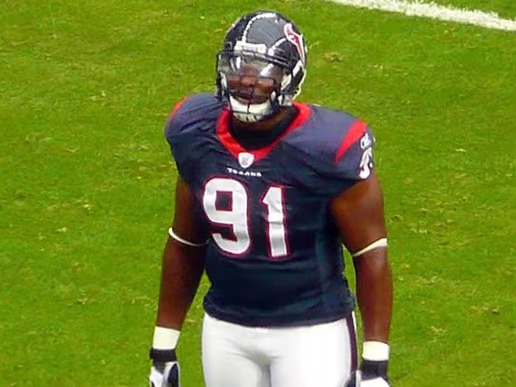
I don't think anyone can argue that Okoye's age at the time of his selection was a factor in his failure to make an impact in the league. Due to Okoye's temporary success, this is the case.
In his debut season, he was named Defensive Rookie of the Month after racking up 5.5 sacks, according to USA Today.
Only in 2007 did he come close to delivering on his pledge. A change in the defensive scheme led to Okoye's release in 2011, after two seasons with the Houston Texans but no impact on the club.
29. Andre Ware
\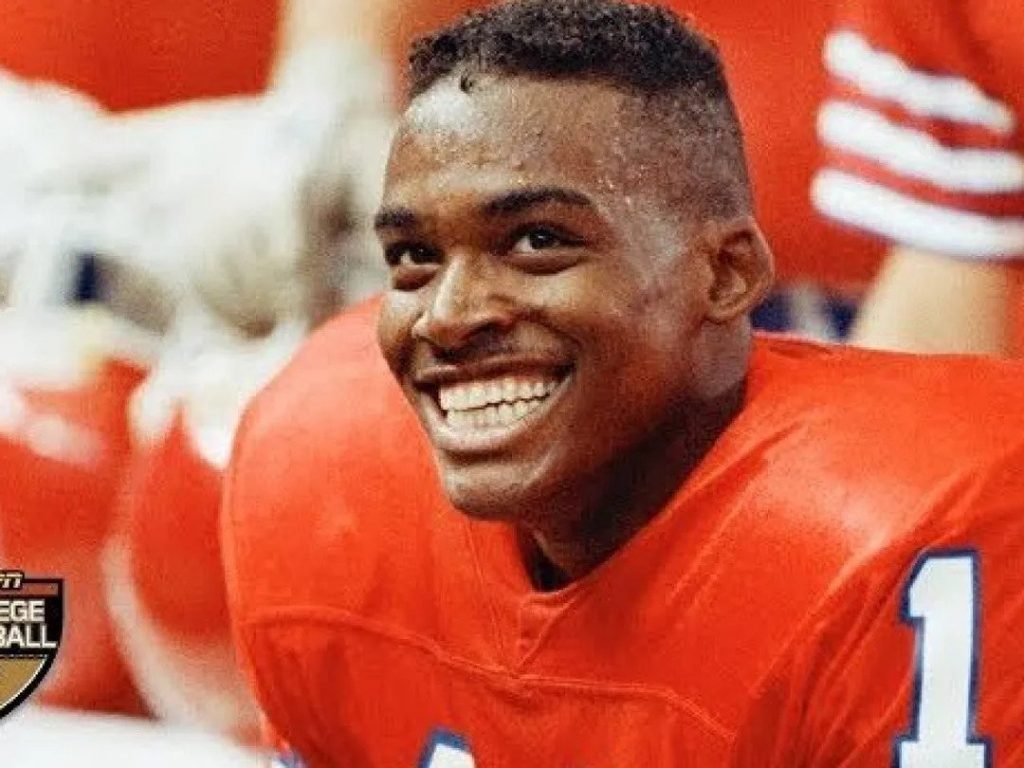 quarterback for the Lions of Detroit
quarterback for the Lions of Detroit
As a result of Ware's Heisman Trophy win in 1989, the Lions were expected to become an offensive powerhouse when he was paired with Barry Sanders.
At least according to Detroit Sports Nation, this move didn't go entirely as planned. Ware would start only six games during his short professional career.
The fact that he had eight interceptions and seven fumbles despite his five touchdowns meant that his turnover % was three times greater than it should have been.
28. Justin Gilbert
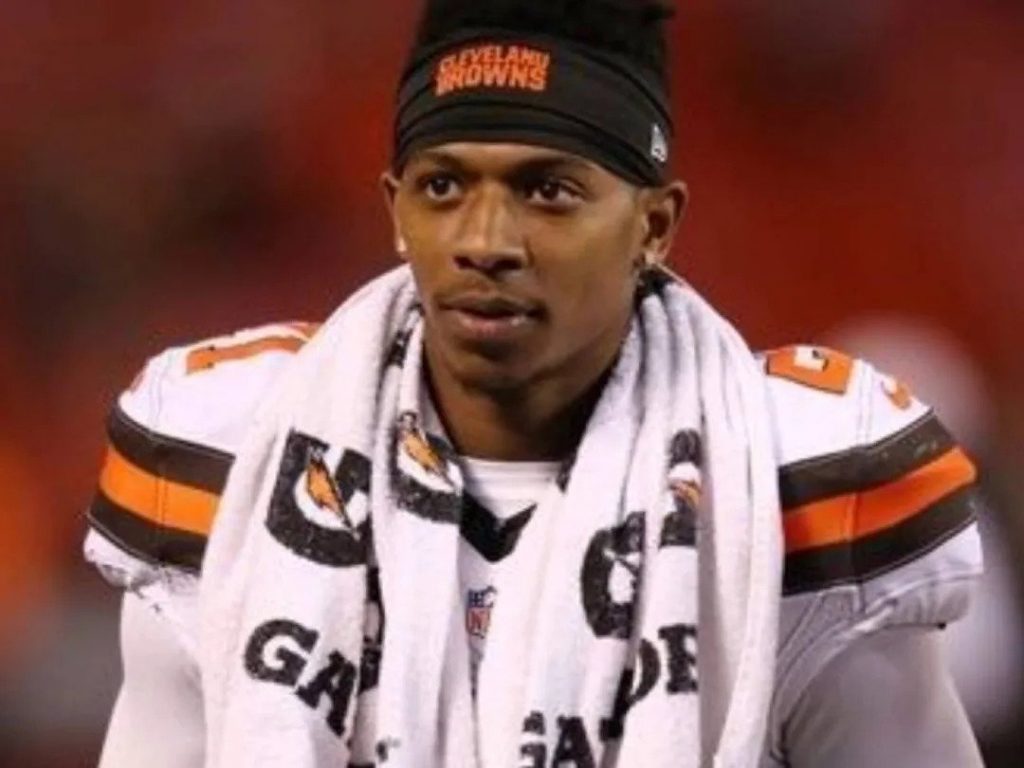
The Cleveland Browns' cornerback position
The Cleveland Browns defensive backfield had no playmakers for what seemed like an eternity to the team's long-suffering fans. They were hoping that Justin Gilbert would be the savior they were looking for.
The lack of maturity he displayed right away, despite being taken among the top ten picks in the 2014 draft, was alarming.
According to 247sports.com, Gilbert played primarily on special teams during his two seasons with the Browns, playing in 23 games.
There can be no more damning evidence that the Cleveland Browns were willing to trade Antonio Gilbert to their divisional rivals, Pittsburgh Steelers, than the fact that the Browns were willing to do this.
27. Ricky Williams
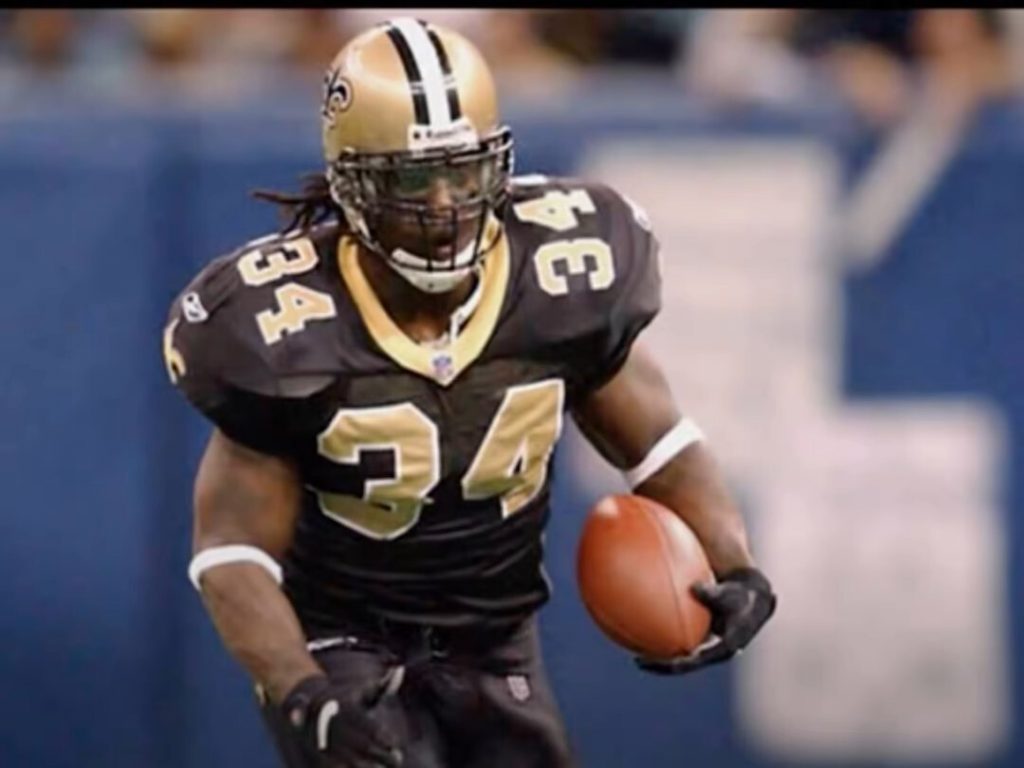 The New Orleans Saints are running back.
The New Orleans Saints are running back.
Not all athletes are to fault for poor draft picks; in some instances, the team is to blame, not the player.
Mike Ditka, who was coaching the Saints at the time, reportedly surrendered all of his picks to the Washington Redskins in 1999 so that the Redskins could select Ricky Williams with the fifth overall pick, according to Bleacher Report.
He believed the team should be built around his rookie running back. As a result, Williams could not justify the draft capital that his coach gave him, which ultimately proved to be too much pressure for Williams.
26. Johnny 'Lam' Jones
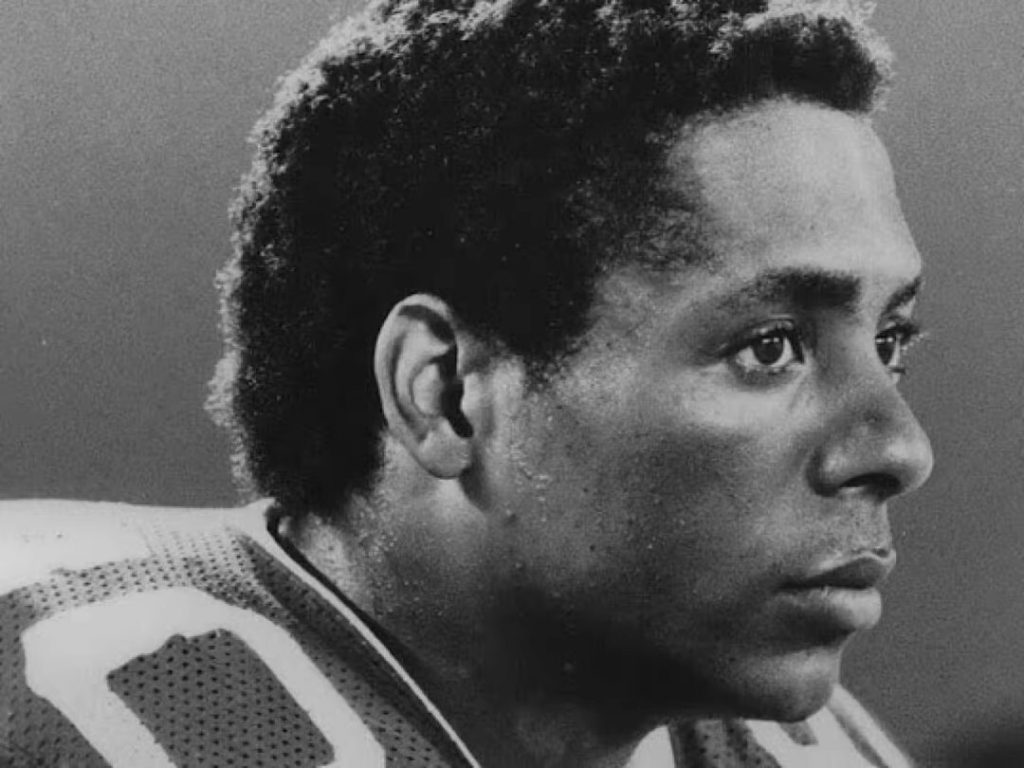 Wide receiver for the New York Jets
Wide receiver for the New York Jets
Even after all these years, the Jets' selection of Jones as a wide receiver remains the worst decision ever made. With the help of many trades, the Jets caught this gold medalist in 1980. They did so hoping he could replicate the success of Bob Hayes, who played for the Dallas Cowboys from 1976 to 1981. One of his flaws was his inability to catch the ball, which is critical for a wide receiver.
Jones spent five seasons with the Jets. He had 138 receptions for 2,322 yards and 13 touchdowns throughout that period. Along with his kickoff returns, he carried the ball five times for 17 yards and ran nine times for the same amount. When he joined the organization in 1979, the Jets dropped from 8-8 to 4-12.
Worse, the Jets could have selected Art Monk, the Hall of Famer they traded for Jones, with their initial 13th pick.
25. Andy Katzenmoyer
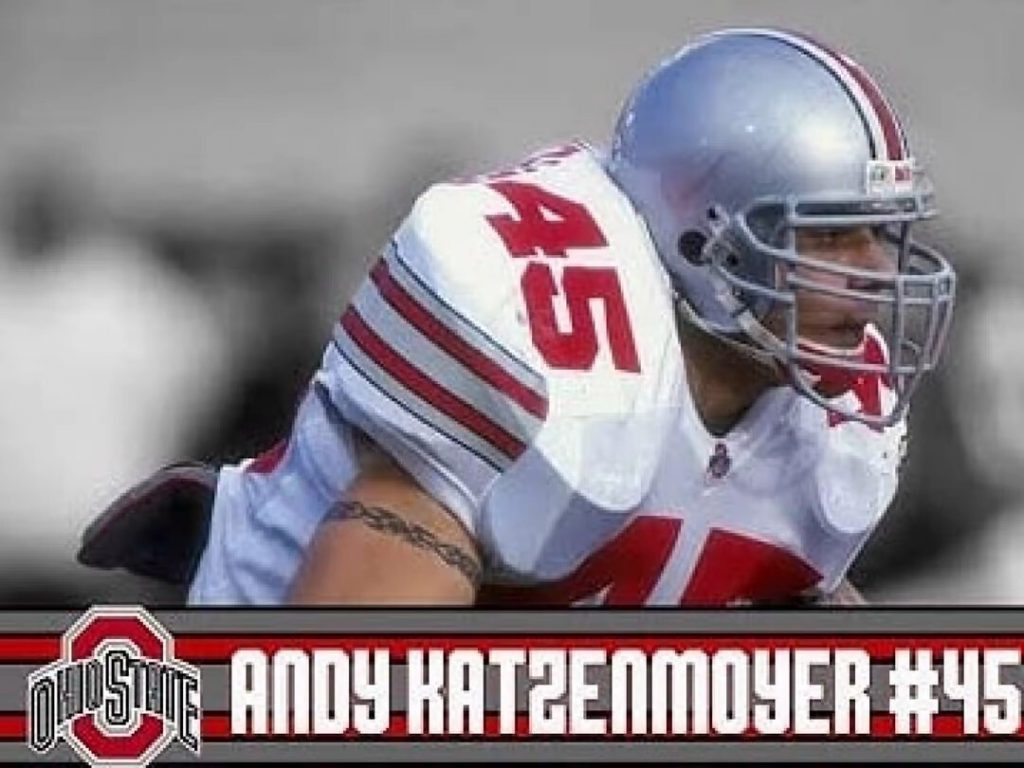 Linebacker for the New England Patriots.
Linebacker for the New England Patriots.
Katzenmoyer was a standout linebacker for the Ohio State Buckeyes, where he played for four seasons. All-American honors came his way in 1997, and he seemed ready to take on whatever challenge his professional career would present him with.
His whole performance was deemed to be above the ordinary by the reviewer. Bleacher Report estimates that he had a better-than-average rookie season, compiling over 100 tackles and 3.5 sacks. After the Patriots took him in the first draft round, this held for the rest of his career in Columbus, but it did not hold for him in the NFL.
His professional career was cut short due to his inability to recover from a neck injury fully.
24. Bobby Carpenter
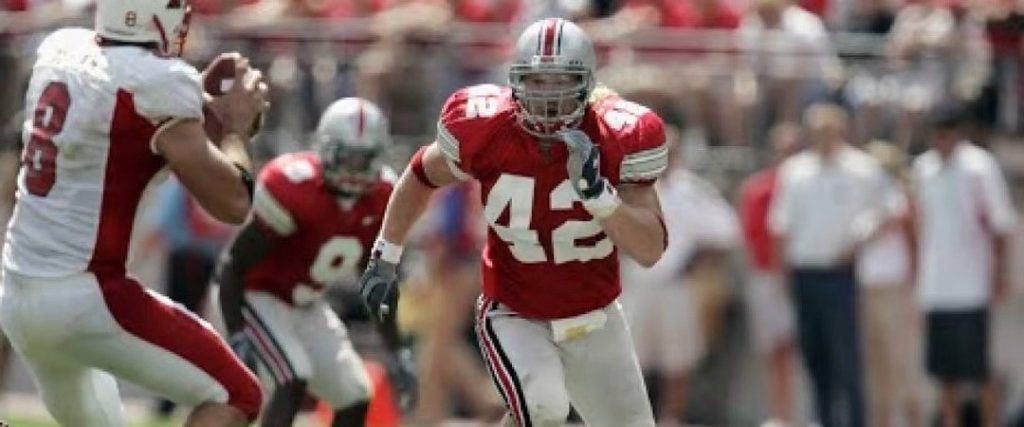
Linebacker for the Dallas Cowboys
In 2006, the Cowboys used their first-round draft pick to select Carpenter's father, who Cowboys coach Bill Parcels had taught. Clutch Points, a sports news website, says that Parcels' relationship with Carpenter's father may have affected his judgment.
Ohio State's high-profile linebacker failed to live up to expectations, though.
His career ended with 167 tackles, although he didn't affect the field much. He had just 3.5 sacks and one interception in the 2009 season before he was traded to the Detroit Lions.
23. Jason Smith
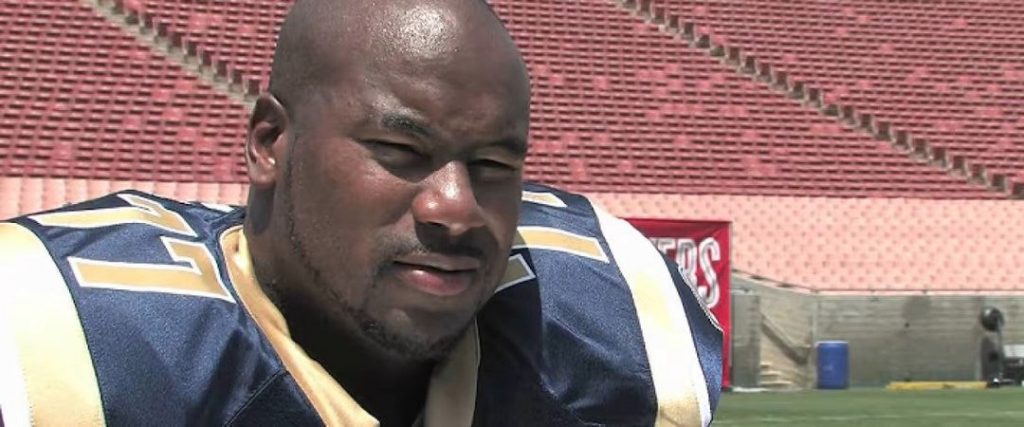
The Los Angeles Rams offensive tackle position
For various reasons, Jason Smith's career will not be remembered favorably by the Rams' front office. The first step was to offer him a contract with a ridiculously high price tag. SB Nation, a sports site, reported that he was due to make $50 million throughout his contract, with a guaranteed $33 million.
Because of the player's involvement in an actual spread system in college, evaluators had doubts about the player's ability to adapt to the NFL.
For most of his career, even though he went undrafted as a left tackle, he was primarily a correct tackle. No one should be surprised that Smith's time with the Rams didn't go as planned.
22. Vernon Gholston
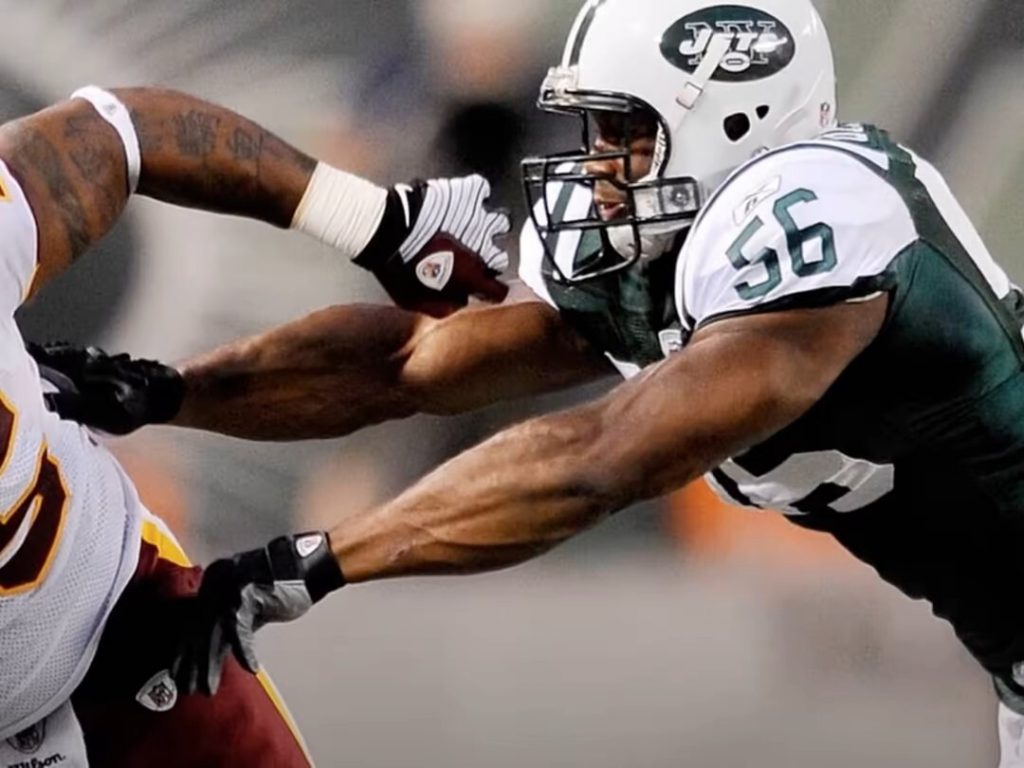 Defensive End with the New York Jets
Defensive End with the New York Jets
However, despite the fact that he missed three of his four chances in 1984, Gholston remains the worst pick in the franchise's history. He was a monster at Ohio State for four years, recording an astounding number of quarterback sacks. Before the 2008 NFL draft, he also participated in the NFL combine.
He was among the top performers in his position group when it came to the 40-yard dash, broad jump, vertical leap, and weightlifting.
Despite this, he could not show his potential after being drafted sixth overall. Gholston didn't register a single sack or interception in three seasons with the Jets.
21. JaMarcus Russell
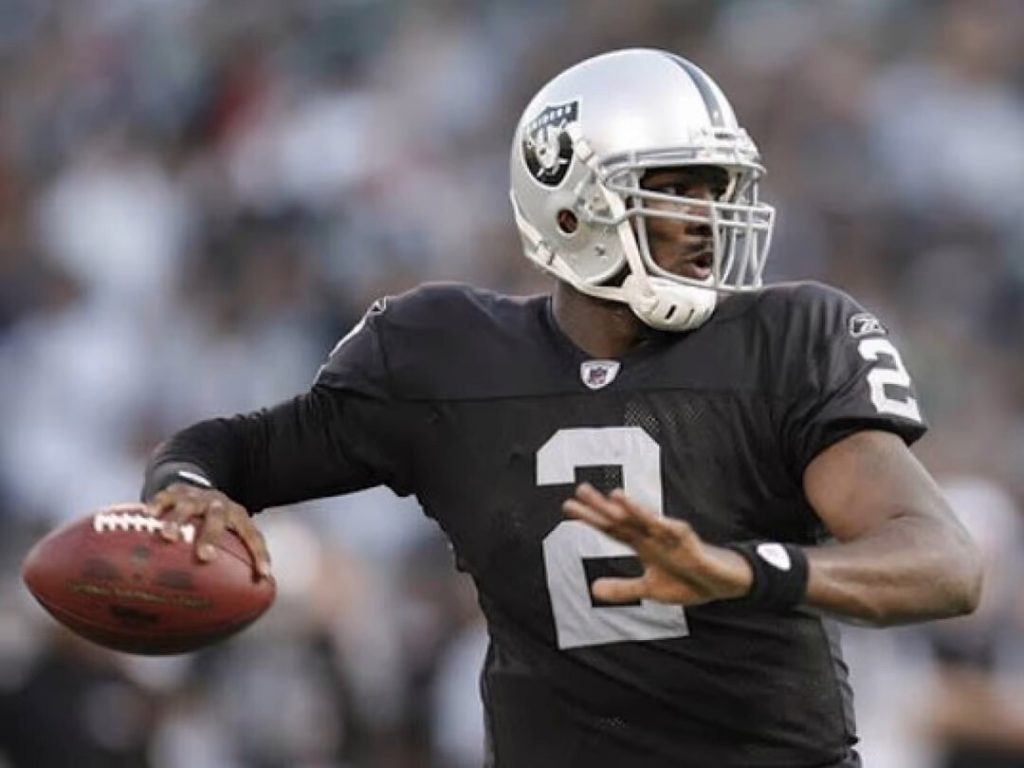 The Raiders' quarterback for the next season.
The Raiders' quarterback for the next season.
In the eyes of many, JaMarcus Russell was the most tremendous NFL flop of all time. Only a few athletes on this list were drafted first overall.
His LSU Pro Day was widely regarded as being pretty impressive. "I've never been more enamored with a quarterback in my decade of attending combines and pro days. Russell's pro day was passing drills were the best I've ever seen at a pro day, "According to ESPN's Todd McShay, who spoke to Sports Illustrated about this.
However, he had a tough start to his NFL career since he refused to play until his salary issues were settled. If this rocky start wasn't enough for him to be out of the NFL after three seasons, it wasn't suitable for Raiders fans, who were left with a sour taste.
20. Derrick Harvey
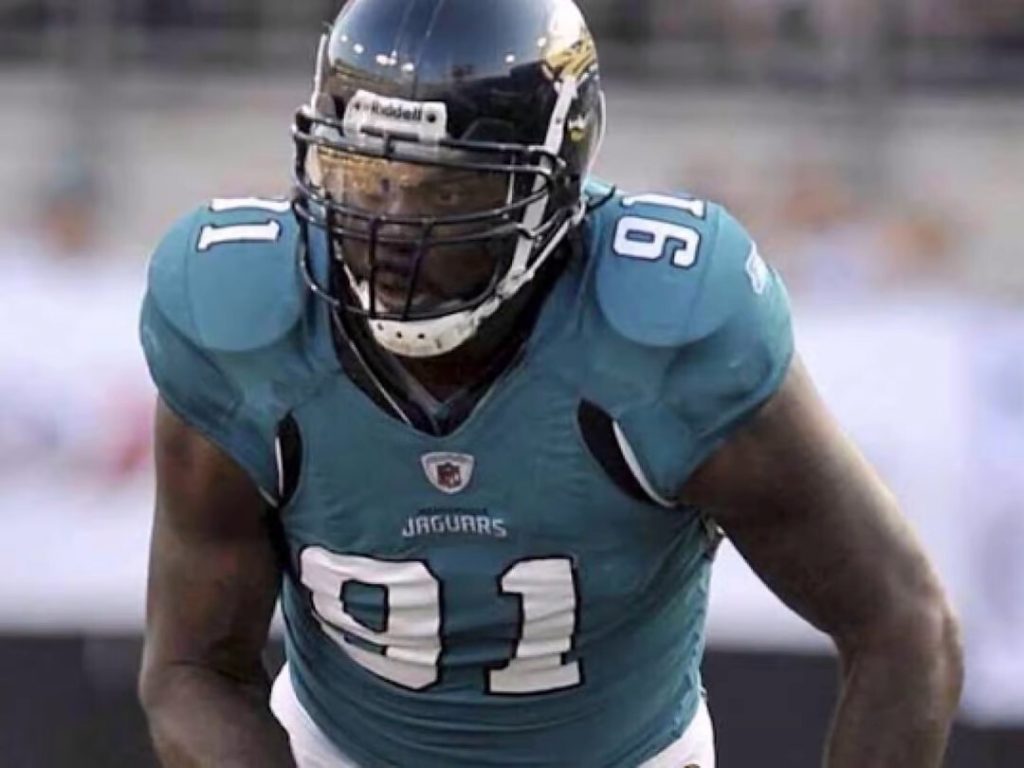
Jacksonville Jaguars Defensive End
According to Bleacher Report, the Jaguars' offensive line was expected to be substantially revamped by Derrick Harvey and fellow 2008 draft pick Quentin Groves.
Because of their great admiration for the University of Florida grad, the Jacksonville Jaguars traded 18 spots in the draft to choose Harvey.
This untapped value was never tapped into. His career began with a 33-day strike against his contract, but he only managed to record eight sacks in three seasons in Jacksonville.
19. Tony Mandarich
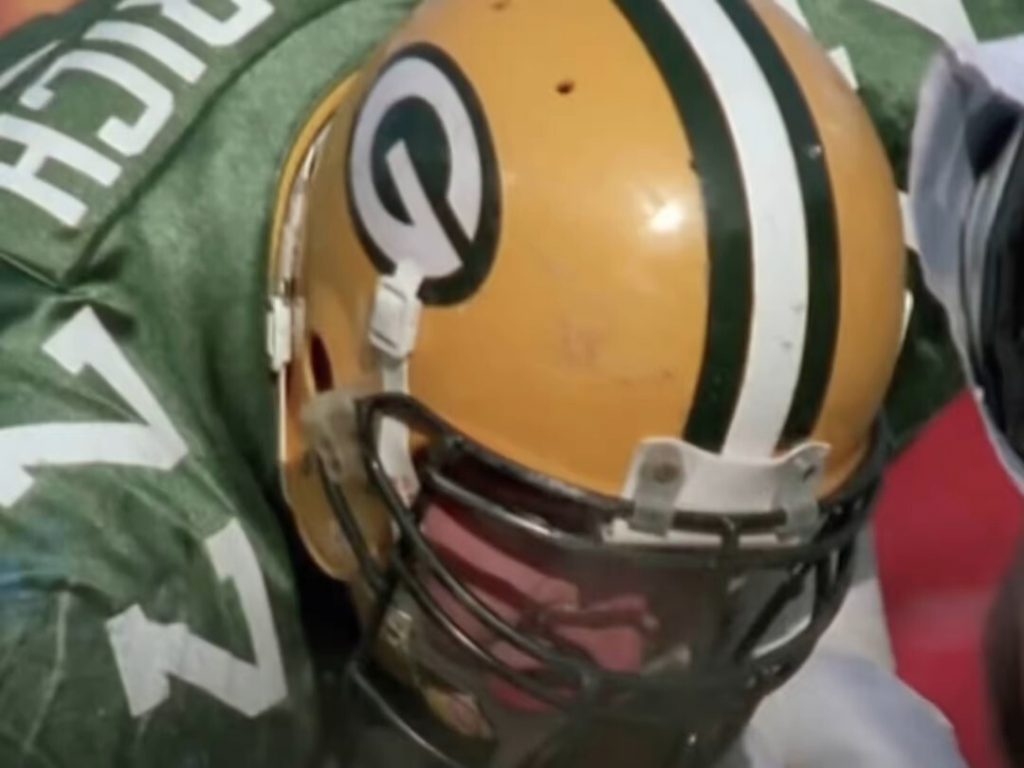
Offensive Tackle for the Packers in the National Football League
There are many reasons why the story of Tony Mandarich's NFL Draft selection in 1989 is legendary, including the fact that he was taken before Deion Sanders, Barry Sanders, and Derrick Thomas.
It's also because the individual, who goes by the moniker "Workout Warrior," has some of the most impressive stats seen at the NFL combine by anyone thus far. This, along with his stellar record at Michigan State, convinced Sports Illustrated to put Mandarich on their cover with the headline "The Best Offensive Line Prospect Ever," according to Bleacher Report.
When it came to it, the plan failed. Mandarich departed Green Bay after two seasons in which he failed to make a single start. Further investigation revealed the digits he was given were obtained through illegal methods.
18. Archie Griffin
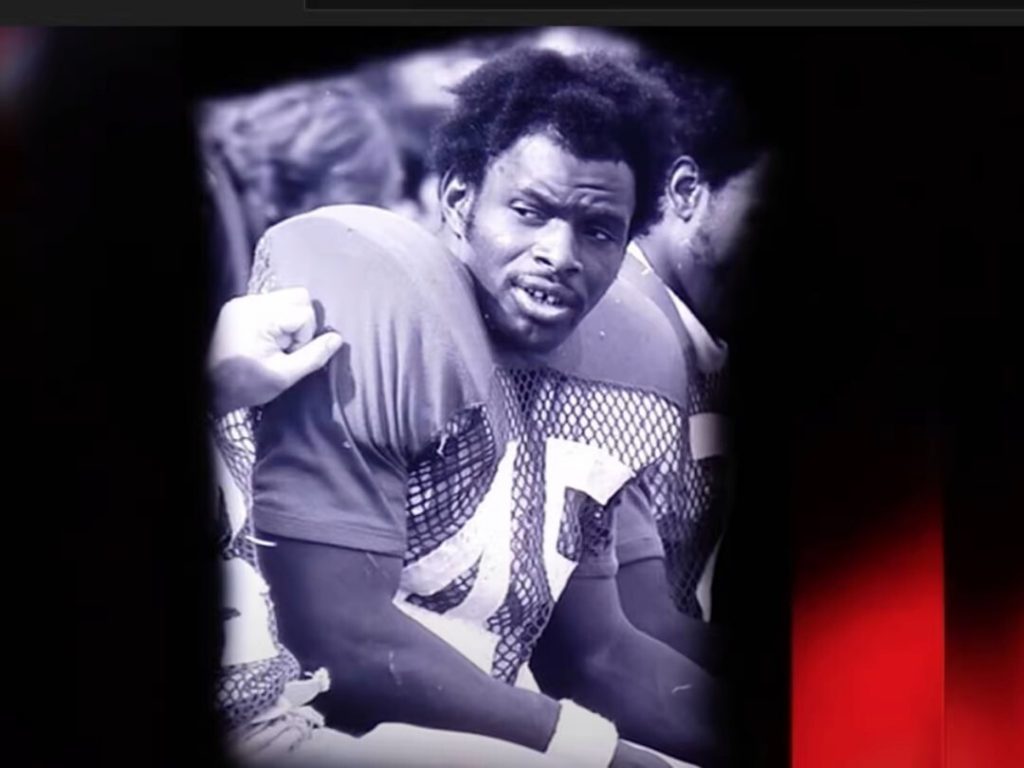
Running back for the Cincinnati Bengals.
Archie Griffin was not as bad as some other guys on this list. He played in the NFL for seven seasons, although he only managed to carry for close to 3,300 yards.
Griffin has made it into the top 10 of this list because of his achievements while still in college.
Only one Heisman winner has ever failed to make a meaningful impression while wearing his team's colors, and Bengals fans were understandably dissatisfied.
.
17. Brian Bosworth
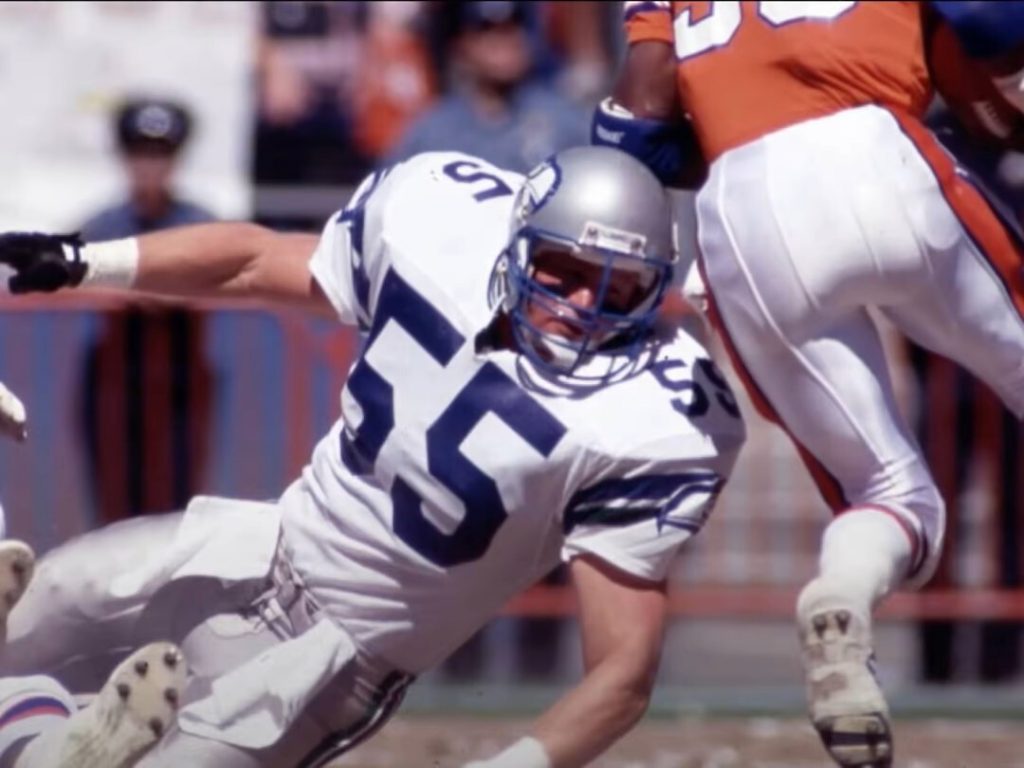 Seattle Seahawks linebacker
Seattle Seahawks linebacker
"The Boz" [The Boz] is another well-known story with a famous plot and characters.
According to SB Nation, Bosworth sent letters to teams he didn't want to play for, warning them that if they selected him, he wouldn't show up to camp. According to SB Nation, this was done before the draft even started.
Following his selection in the NFL draft, he requested the league for permission to participate under a varying amount, arrived at practice in a helicopter, and generated more enthusiasm for himself through his under execution on the field than he was able to meet.
16. Tony Smith
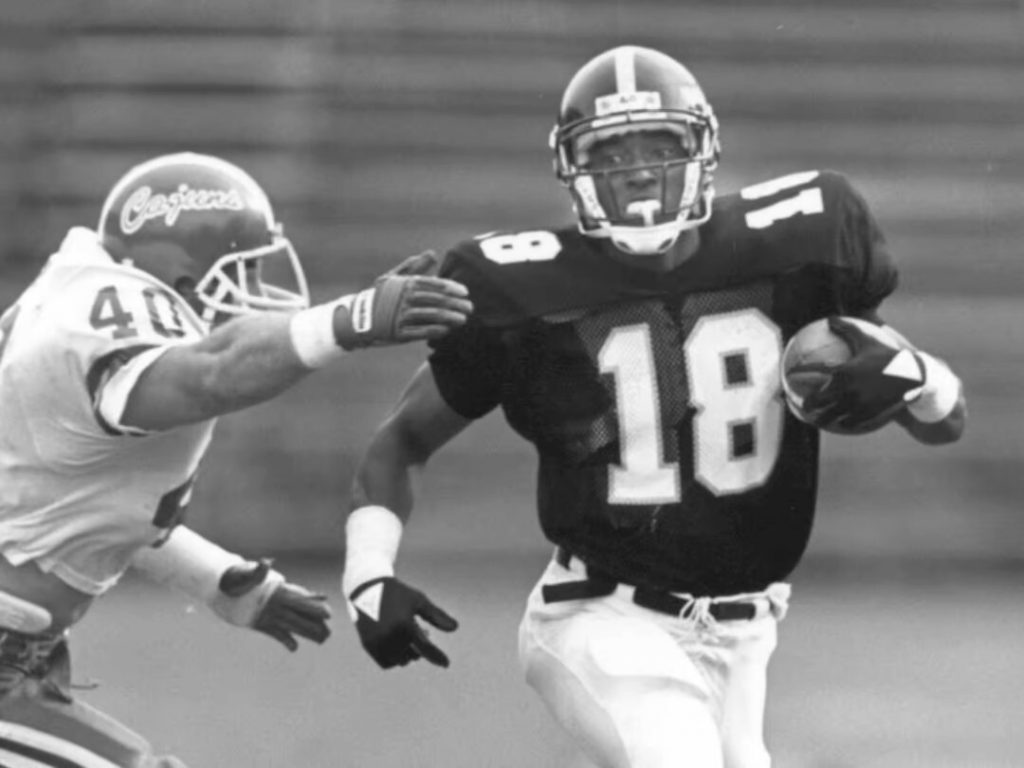
The falcons of Atlanta play running back.
There are a lot of people who are unaware of the fact that the Falcons originally drafted the renowned quarterback Brett Favre in the year 1991. How does this relate to the franchise's story of making one of the worst draft picks in the sport?
The following season, they made a deal with the Packers to send Favre to Green Bay in return for the nineteenth overall pick in the draft. According to Sports Illustrated, they used that pick to draft running back Tony Smith, who had previously played for the University of Southern Mississippi.
Smith would have a disappointing career, finishing his three years in Atlanta with 329 yards gained from scrimmage. The fact that the Falcons traded a star player to choose a bust in the draft made this turn of events an even bigger letdown in retrospect.
15. Akili Smith
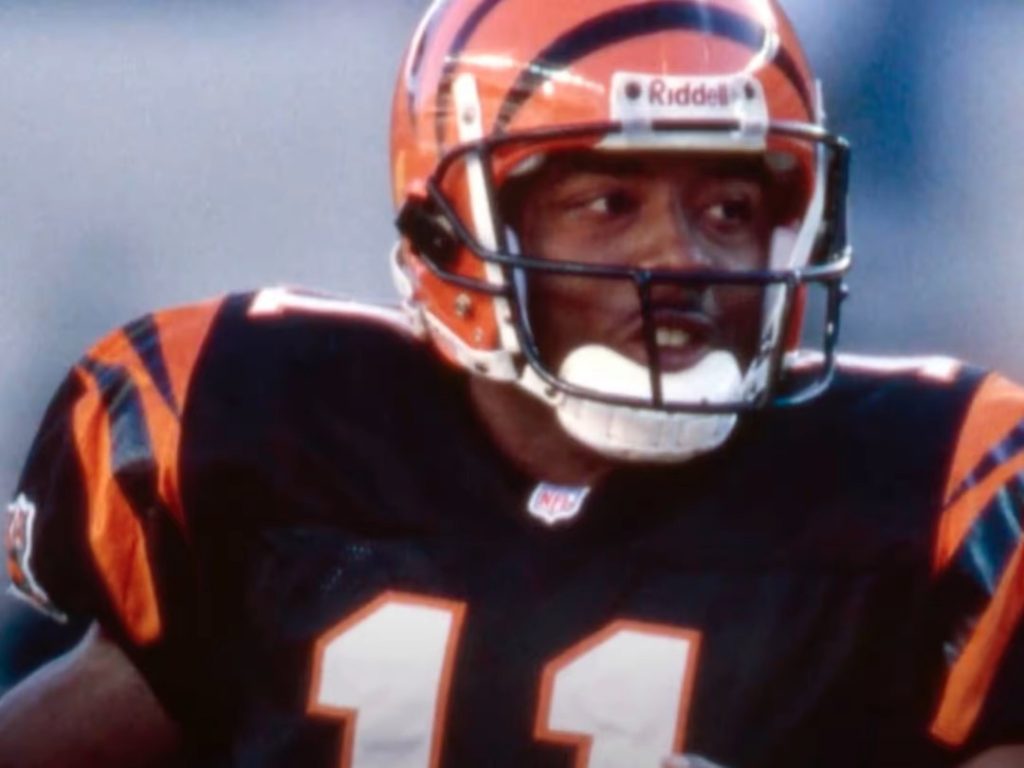 The Atlanta Falcons are a running back team.
The Atlanta Falcons are a running back team.
The Atlanta Falcons picked Brett Favre in 1991, yet many people don't know. Because of the team's terrible draft choice, how does this relate to this story??
Next year, they struck a deal with the Packers in which they traded Brett Favre for the 19th overall pick in the draft. Sports Illustrated reports that they selected the former University of Southern Mississippi running back Tony Smith with that choice.
At the end of his three seasons with the Falcons, Smith had a meager total of 329 yards gained from scrimmage. To make matters worse, the Falcons were forced to part up a valuable asset to choose a draft bust.
14. Roberto Aguayo
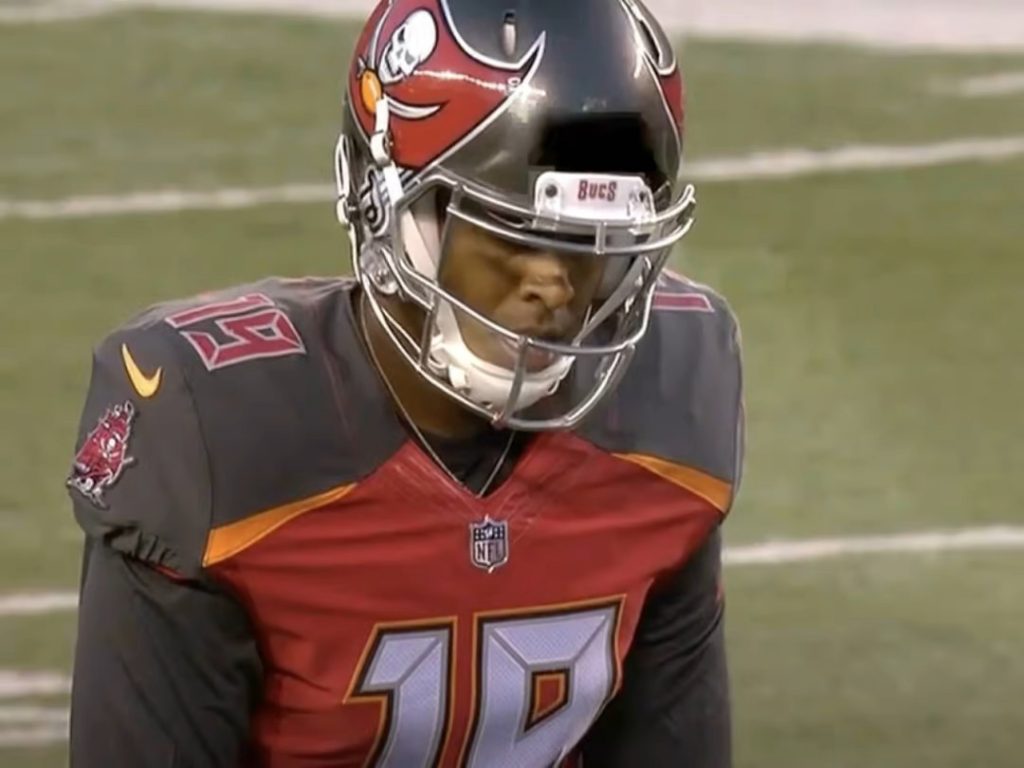
The Bengals' starting quarterback
The Bengals were willing to overlook his limited sample size after Akili Smith put up eye-popping numbers during his time at Oregon, and they selected him with the third overall choice in the 1999 draft.
In the Bengals' eyes, Smith had already seen everything he needed to see after moving from the ranks of community colleges, but it turned out the Bengals were mistaken. After transferring from a community college to Oregon, Smith had only played one season.
Smith's first season on the field was abysmal. He had a 3-14 record, a 46.6 percent completion percentage, and threw five touchdown passes while also throwing 13 interceptions during that season. It wasn't until just ten games into the season that some thought he deserved an entire second season to prove his worth.
13. Huey Richardson
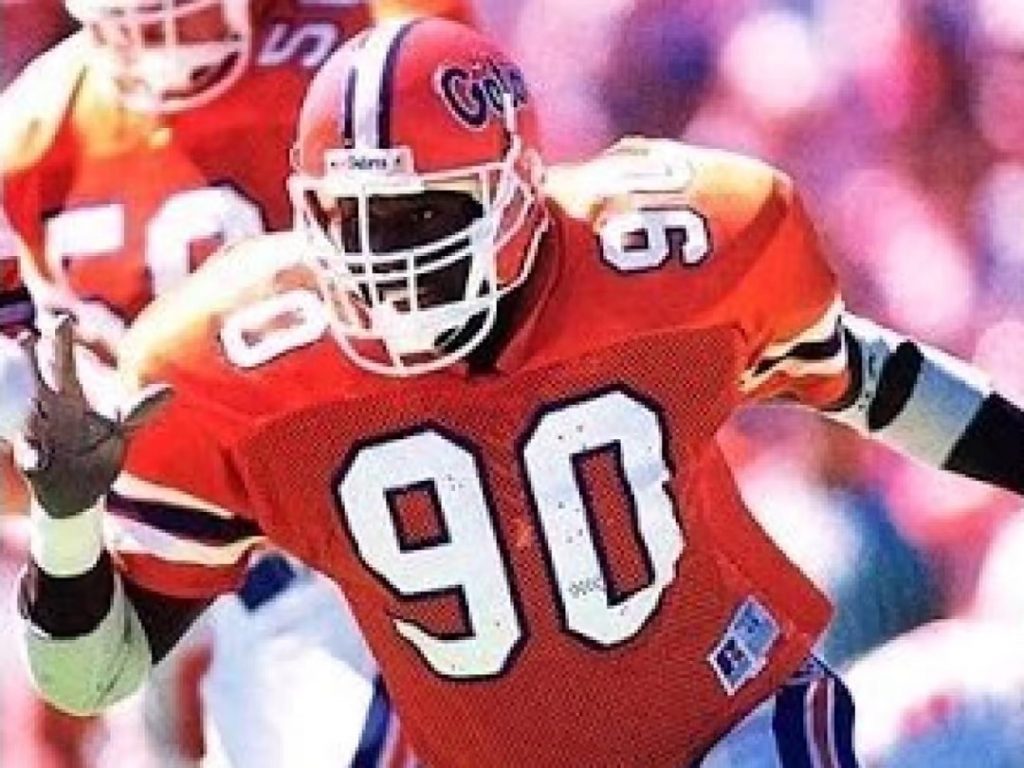
The end for the Pittsburgh Steelers' defense
Huey Richardson's selection by the Pittsburgh Steelers in the first round of the 1991 NFL draft illustrated that even the most successful franchises in the league could make questionable decisions.
Although the Steelers selected Richardson in the first round of that year's draft, he could only play for one season. Despite this, he found some silver linings in the situation. Post-Gazette reported that he would go on to have a successful financial analyst job in New York City after he concluded his NFL career.
12. Johnny Manziel
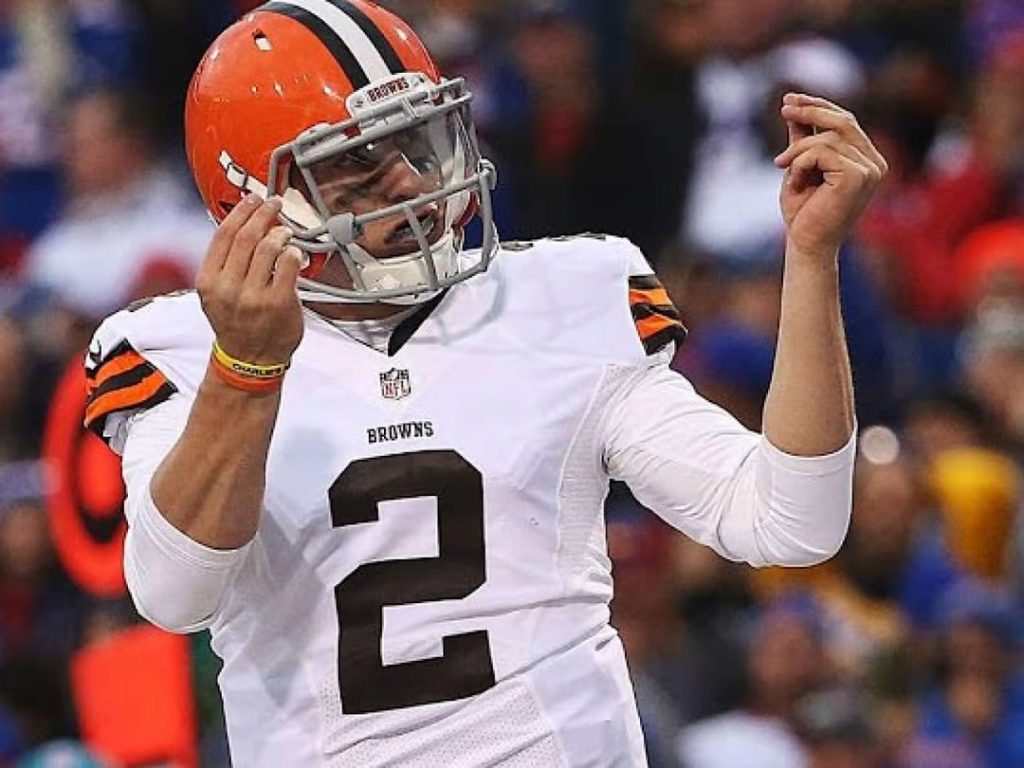
Baker Mayfield is the quarterback for the Cleveland Browns.
Plays like "Johnny Football" in college were enthralling because of their arms' strength and ability to improvise, resulting in gains of 10 or more yards from seemingly dead plays.
Despite selection scouts' concerns about his size, the Browns selected him with the No. 22 overall pick in the 2014 NFL Draft, and from the start of his career, he knew he had a lot to live up to with a team known for quarterback room turnover.
According to Pro Football Network, when he made his NFL debut, he started just two games and won one of them. In his second season, he showed some improvement, but he was finally thrown off the team and lost his starting position because of his legal and personal troubles.
11. Ryan Leaf
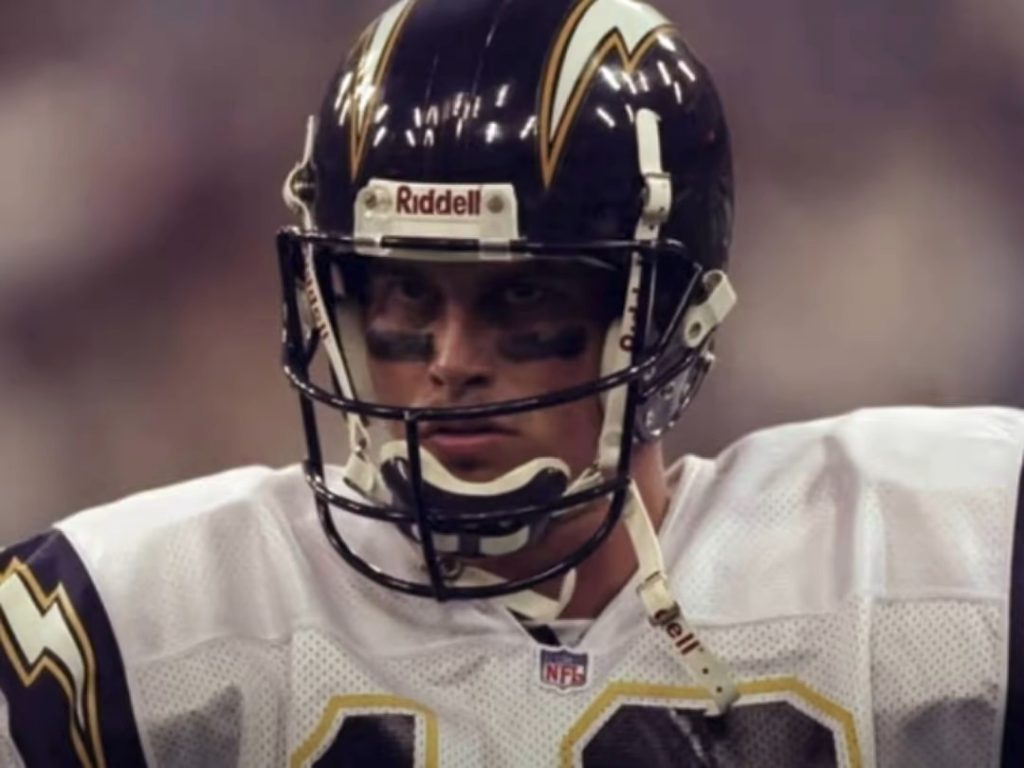
Quarterback, Los Angeles Chargers
Ryan Leaf is one of the most underwhelming players in NFL history. It's hard to argue that this moniker is suitable considering the circumstances, even if sad events contributed to his collapse.
Parallels sparked the media frenzy surrounding Leaf to Peyton Manning, a future NFL star, who was also in the pick.
According to Bleacher Report, when asked about Eli Manning's speed, Mel Kiper Jr. reportedly said that Leaf was the best quarterback available in the draft. Leaf was regarded as the best quarterback available in the first round of the draft. It's a good thing for the Colts that they didn't put a lot of faith in the advice of well-paid draft experts. Manning was chosen over Leaf, allowing the Chargers to select him second. To add insult to injury, Leaf's career in the NFL ended with a completion percentage of just 48 percent. During his time in the league, he threw 22 more interceptions than touchdown passes.
10. Heath Shuler
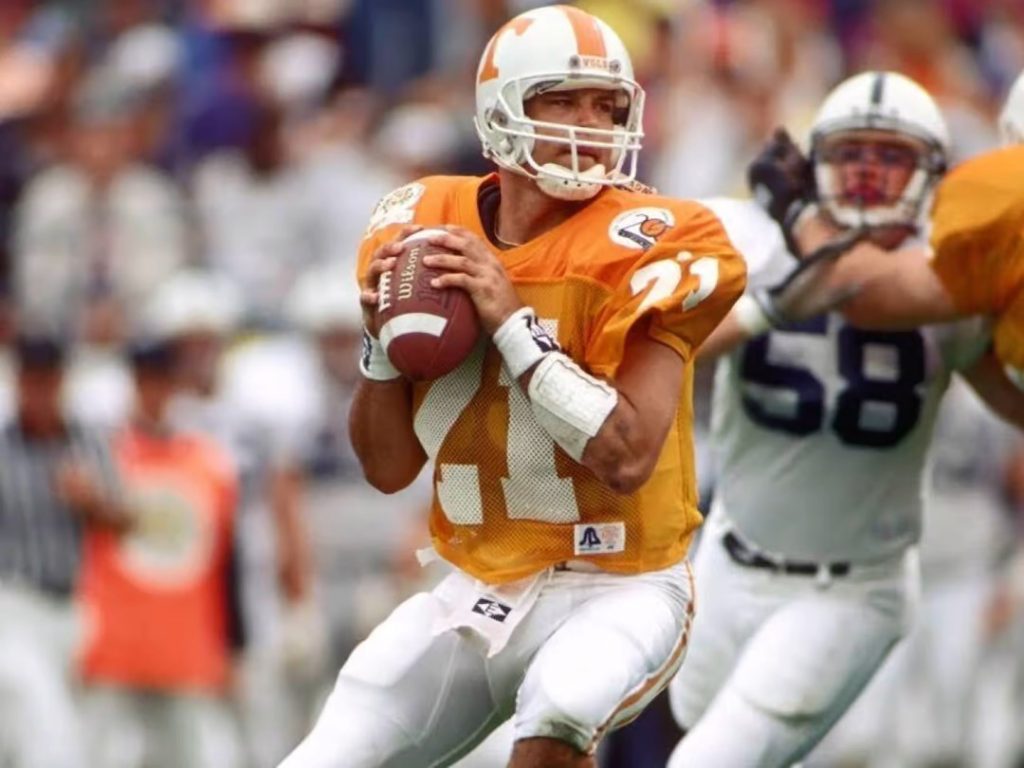
Quarterback Alex Smith of the Washington Redskins
In 1994, the Redskins were selected third overall. They opted for a quarterback who finished second in the Heisman race in Tennessee and set nearly all of the Volunteers' throwing records until Peyton Manning smashed them all.
As quickly as a comet, Heath Shuler fell to his death. Shuler won only four games in three years in Washington, and he completed 47.7% of his passes.
For 2,403 yards, he threw for 13 touchdowns.
Washington traded him to the Saints when his success dwindled. But it didn't help at all! He retired from the NFL in 1997 and is now a member of Congress for North Carolina's 11th Congressional district. According to the Washington Wire, many believe the team's worst mistake was drafting Shuler.
9. Justin Blackmon
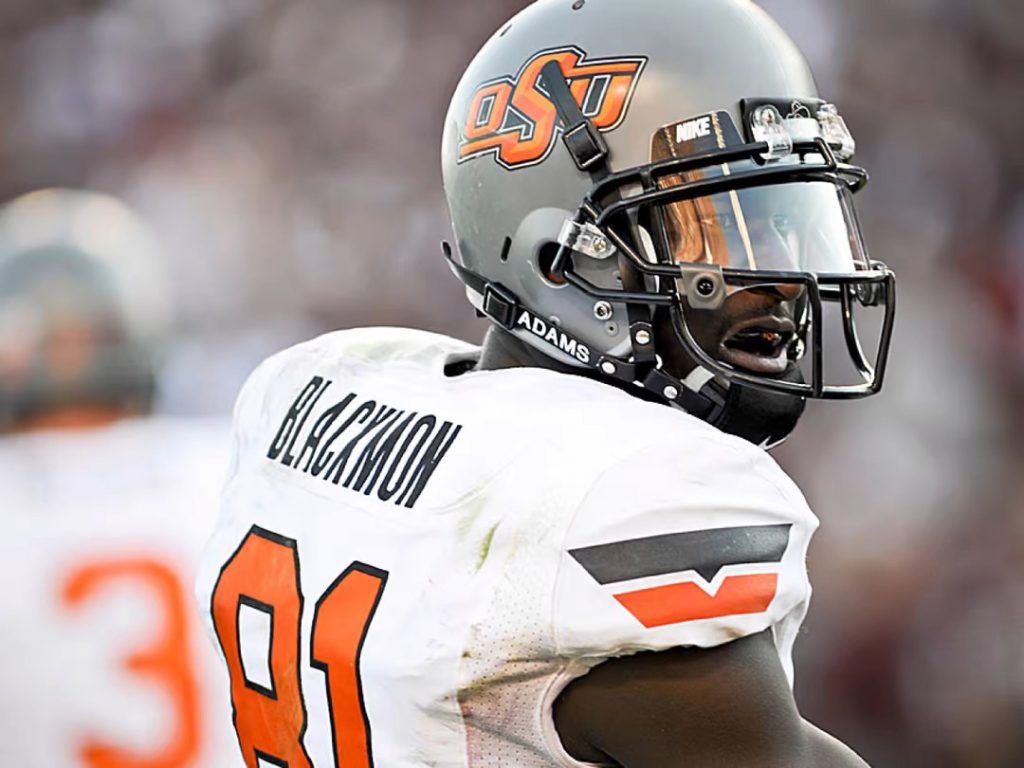
The Jacksonville Jaguars wide receiver
Putting everything at risk is different. Justin Blackmon was 22 when he was taken in the 2012 NFL Draft. The Jacksonville Jaguars traded the fifth overall pick to get him.
Despite playing in only four games, he had a good debut year with the Jaguars. He had 64 catches for 865 yards. His career was wrecked by DUI and narcotics convictions, in addition to two suspensions for substance abuse.
Blackmon hasn't shown signs of a comeback yet. After his ban was up, he was eligible to start again in 2014, but he hasn't played since those four 2013 games. Some Jaguars fans felt their great wide receiver was mistreated, so he rejoined Instagram in May 2021 and said he wanted to play football again.
8. Lawrence Phillips
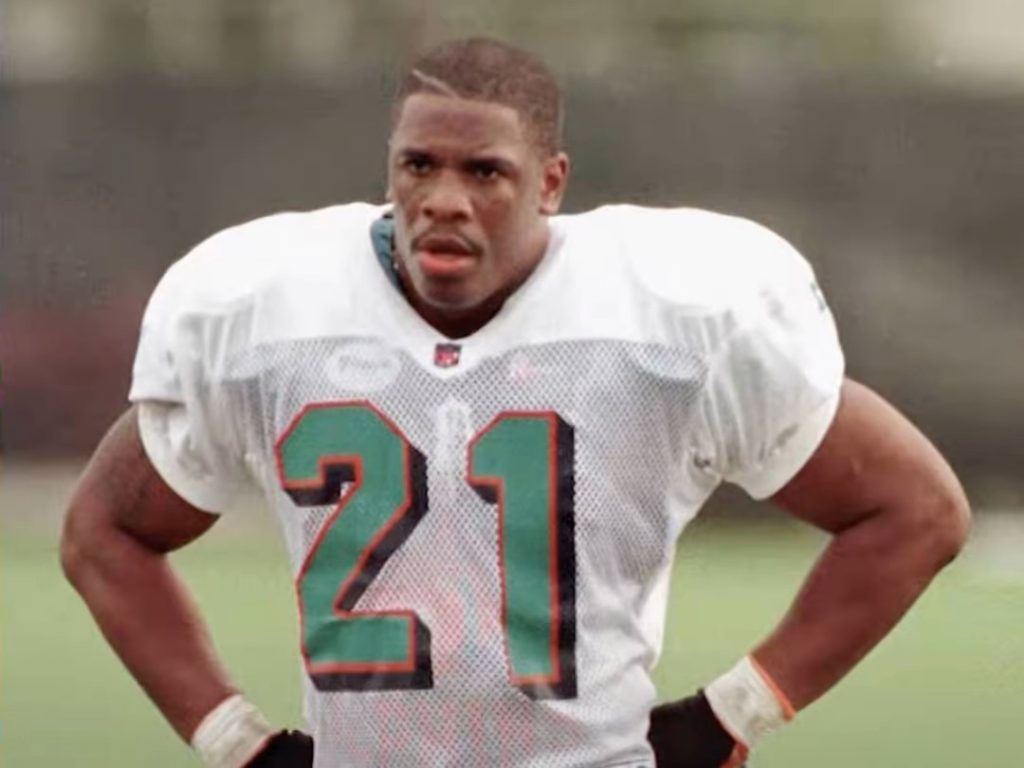
The St. Louis Rams' Running Back. Steven Jackson is a
There was never a point in Lawrence Phillips' college football career when he didn't take advantage of any opportunities he offered.
With the Cornhuskers in his first season, Phillips carried for 508 yards on 92 attempts while being called one of Sportscasting's most physically gifted running backs in college football history.
Throughout the remainder of his time at the university, he improved, but a six-game suspension marred his final season from the squad due to an arrest for domestic abuse. Because of this legal blemish, some organizations decided not to pick him in the NFL Draft.
7. Steve Emtman
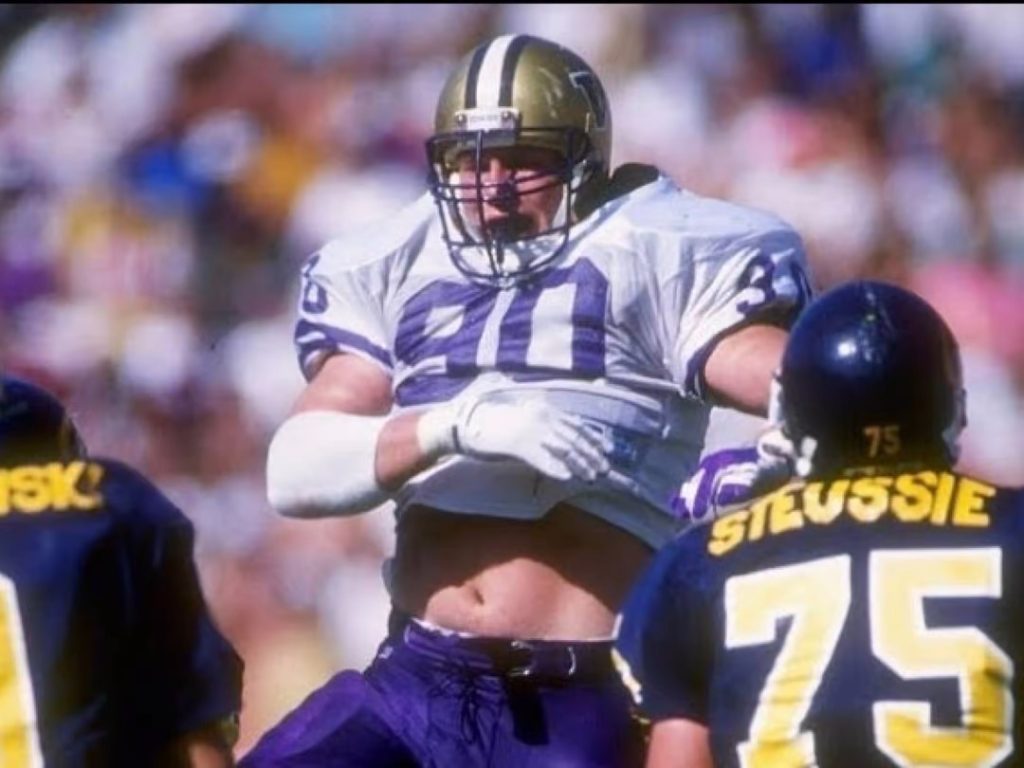 End on the Indianapolis Colts defense
End on the Indianapolis Colts defense
Emtman is the football equivalent of Wile E. Coyote. Despite being the Colts' worst draft pick, Steve Emtman is a quality player. It's always a pain.
Emtman sat out his first season with the Huskies due to a concussion. In the off-season, the 6'4" player began working out. People inquired about his use of performance-enhancing medications, which he categorically rejected. After winning the Outland Trophy and being named a consensus All-American by his peers at Washington, the Indianapolis Colts selected him in the first round in 1992.
According to CBS Sports, Emtman missed 30 games during his three seasons with the Colts. Knee and neck ailments ended his first two seasons. His dismissal in 1994 was the result of a wage dispute. He declined to take a pay reduction from the Colts because they felt he wasn't living up to his potential. His NFL career ended in 1997.
6. Charles Rogers
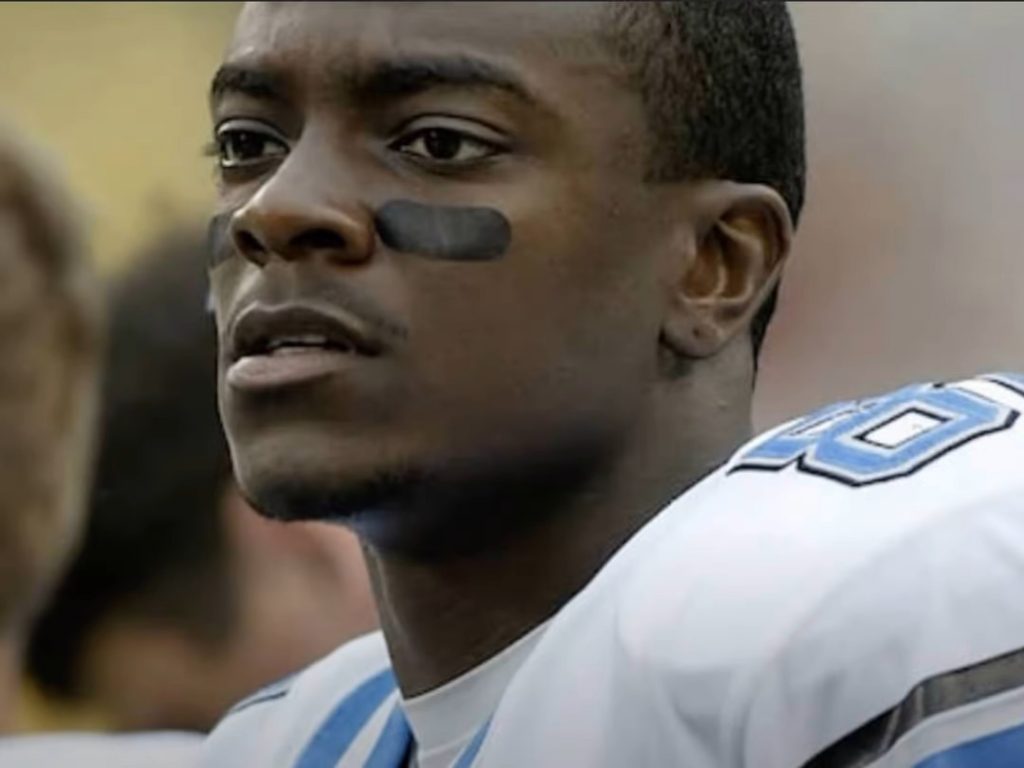
Lions Wide Receiver
An unrealized hero in the town of Rogers.
Charles Rogers was born and raised in Michigan and played college football for Michigan State and the Detroit Lions.
At school, Don Durrett termed him a "fortunate" athlete who excelled at track and basketball as well as football.
The Lions selected him in the second round in 2003 due to his early success and promise. Everything went wrong after he scored two touchdowns in his NFL debut. His career halted after he became addicted to opioids and injured his collarbone.
Rogers passed away in 2019 at the age of 38 from liver failure. The Lions released him before the start of the 2006 season after serving a four-game suspension for drug violations in 2005. He appeared in 15 games for the Lions throughout three seasons, hauling 36 receptions for 409 yards and four touchdowns.
5. David Klingler
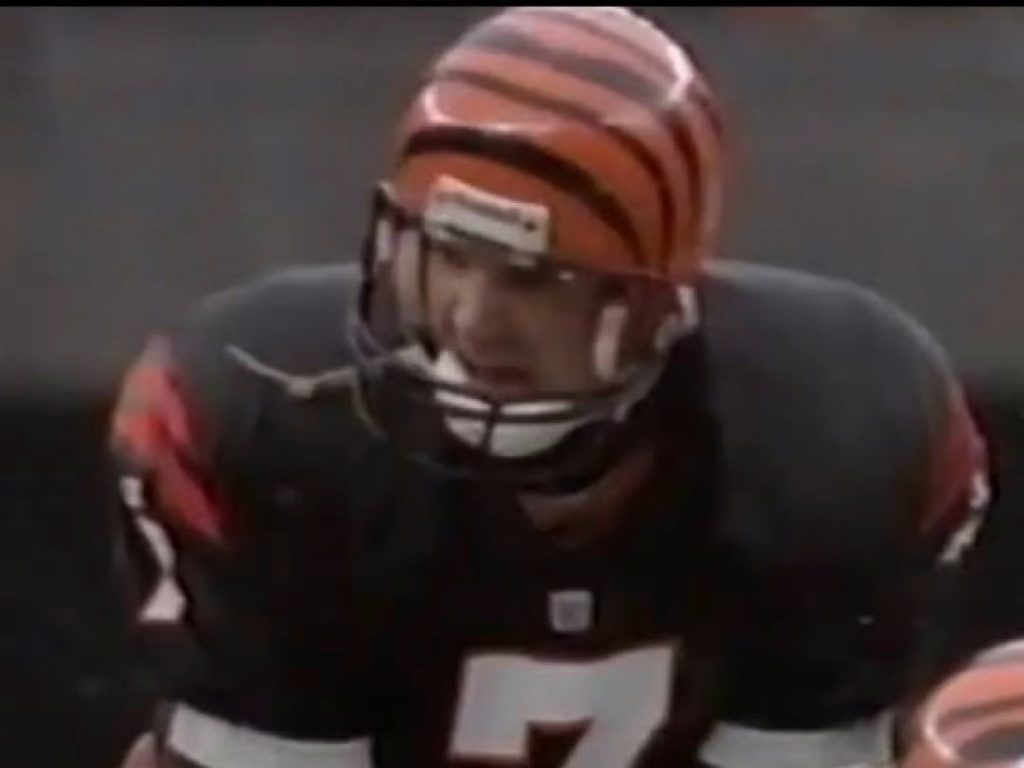 Bengals QB
Bengals QB
As the Bengals' Hail Mary quarterback, David Klingler established numerous records. A pick in the first round in 1992.
Since their defeat in Super Bowl XXIII, the Bengals have had a difficult time. In 1991, they were victorious in three contests. They were missing a vital member of the team.
He should've been Bengals QB. In the 1990 game against Eastern Michigan, Houston's Klingler threw 11 touchdown passes, and he concluded the season with 51 total touchdown passes. Only three others have achieved tremendous success since then. Klingler started 24 games for the Bengals during his three years there, but the team went winless 20 times. In 1997, he played for the Raiders, his last NFL team. Klingler received his master's degree and a doctorate in Old Testament studies after retiring from the National Football League. At Dallas Theological Seminary, he teaches students how to interpret the Bible.
4. Mike Williams
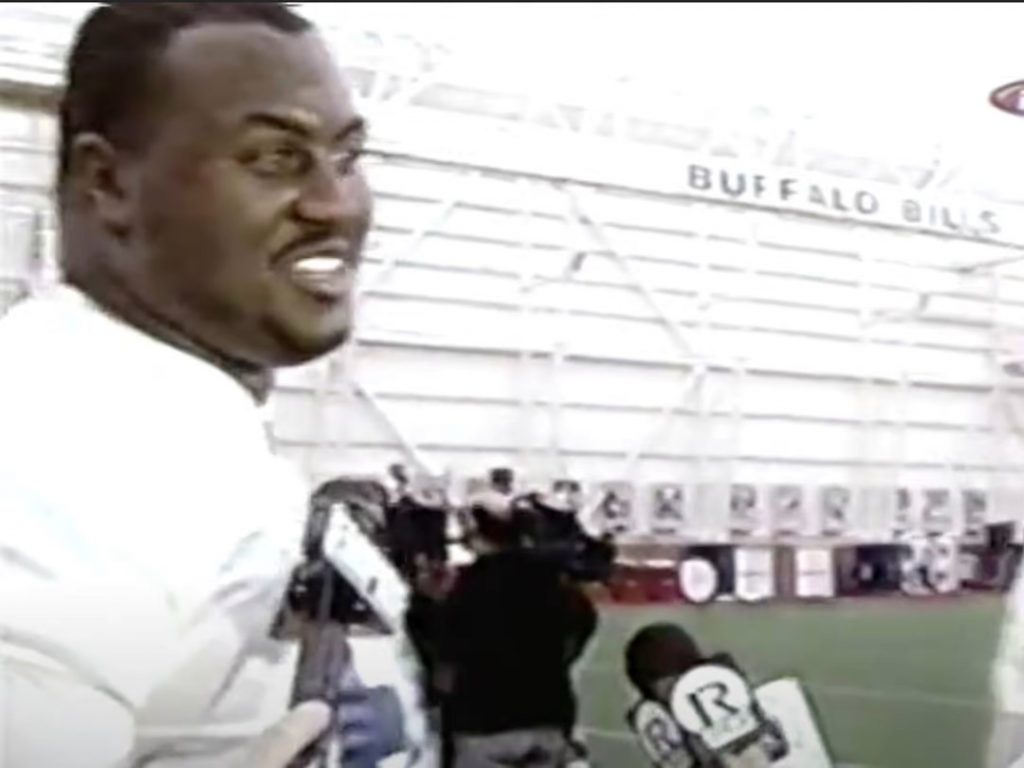
Bills DE
The Bills signed the 6'6" Texan in 2002.
Six feet tall, 337 pounds. He was a sure thing, like many on this list. Bleacher Report believed he'd be the team's standout, but he struggled early.
After having problems protecting the quarterback in his first two seasons, the Bills released him in 2006. Williams didn't play for a few years, but in 2009 he sought to return.
Blood clots near his heart kept him out of the 2010 season, according to The Washington Post. In 2011, Washington released him. After that, Williams disappeared.
3. Aaron Curry
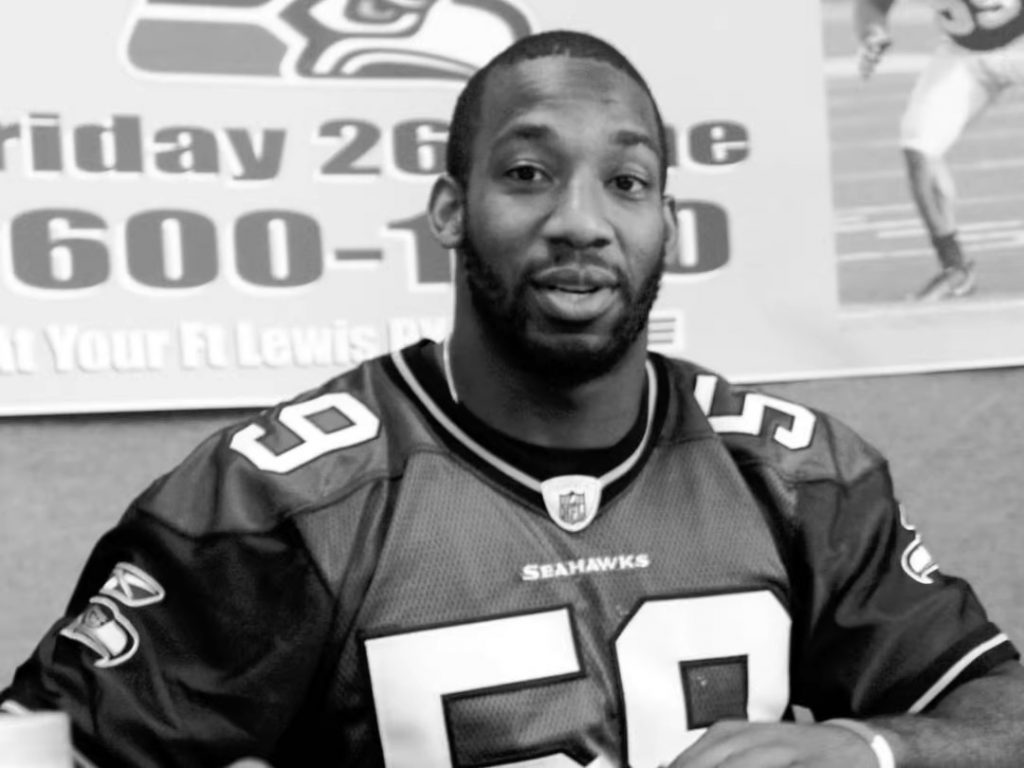
Linebacker of Seattle Seahawks
Aaron Curry was another once-certain player.
Curry's Wake Forest linebacker record kept improving. Twenty-seven solo tackles in his first year. He had 66 solo tackles his senior year.
Seattle's fourth-round pick in 2009 was expected.
Curry never felt comfortable with Seattle's defense and never lived up to his college potential in the NFL.
In a 2017 interview with Sports Illustrated, Curry said he entered the NFL to support his family. He claims he quit trying after signing his $60 million contract.
When he was traded to Oakland, he tried to revive his career and made progress until he injured his knees. Since then, he's returned as a coach. 2020 defensive assistant.
2. Jason Smith
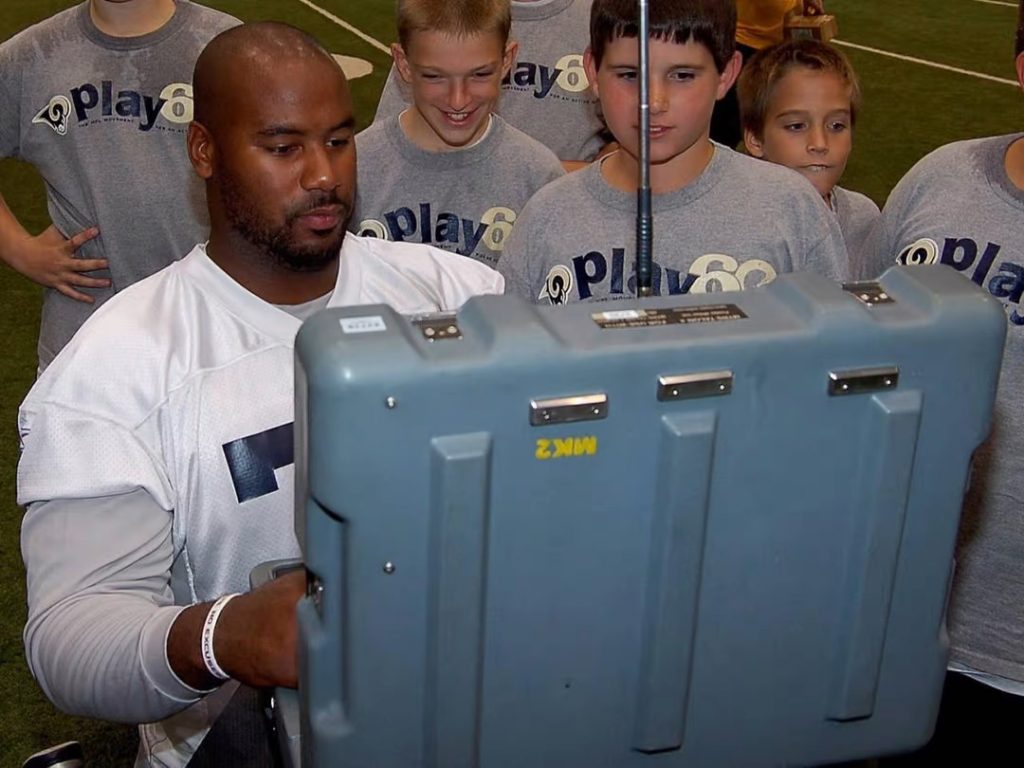
The Rams DE
Jason Smith was a poor draft pick just a few years after joining the Rams in 2009. Smith, a Baylor offensive tackle, was 6'4", 304 pounds, strong, swift, and able to maneuver side to side to escape speed rushers.
Pass protection was never his forte. Instead, he was hit severely in games and sustained concussions, missing many games. He succumbed to his injuries.
After three years with the Rams, the Jets waived him in 2013. His NFL career ended after he was released by the Jets in 2013. KWTX reports that he has a horse breeding and training facility in Texas.
1. Art Schlichter
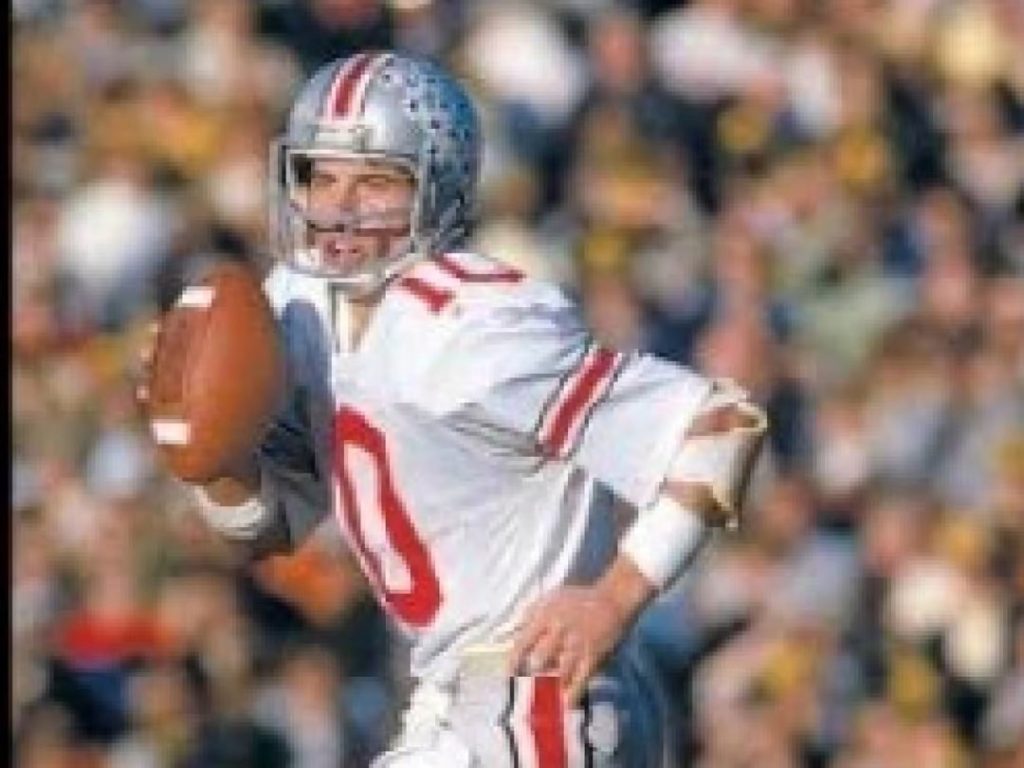
Colts QB
Morality clauses are incorporated in NFL player contracts; the league has a personal conduct code. Those who wanted Art Schlichter in the league ignored his warning signs, especially his gambling addiction.
Before being picked in 1982, Schlichter was seen visiting an Ohio racetrack. After being drafted into the NFL, he joined a gambling ring before becoming an FBI informant, The New York Times reported in 1983. The NFL punished him for the rest of his rookie season, and the Colts cut him after he gambled again.
Schlichter started only six NFL games and completed only 45% of his passes; he never won a game. Schlichter was recently imprisoned for ticket fraud, stealing millions of dollars. He was released in 2021, according to Indy Star.
